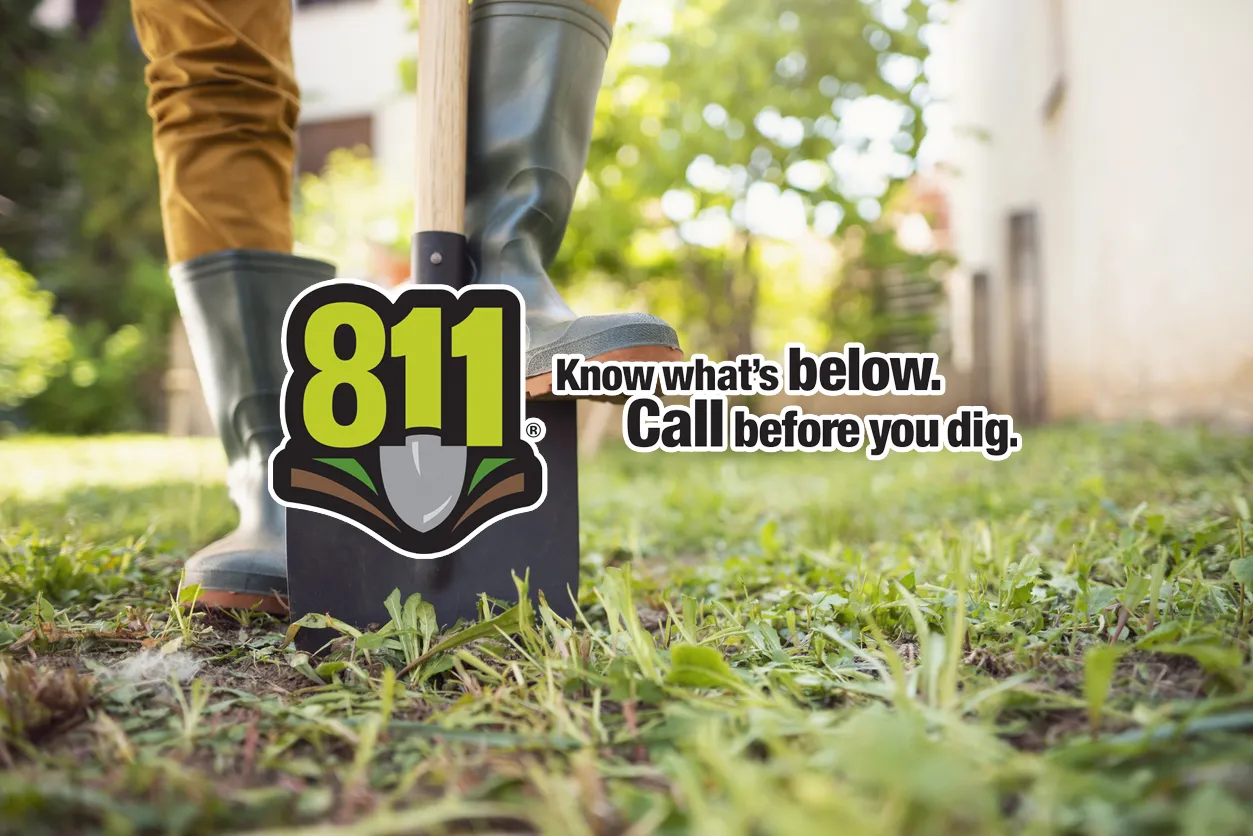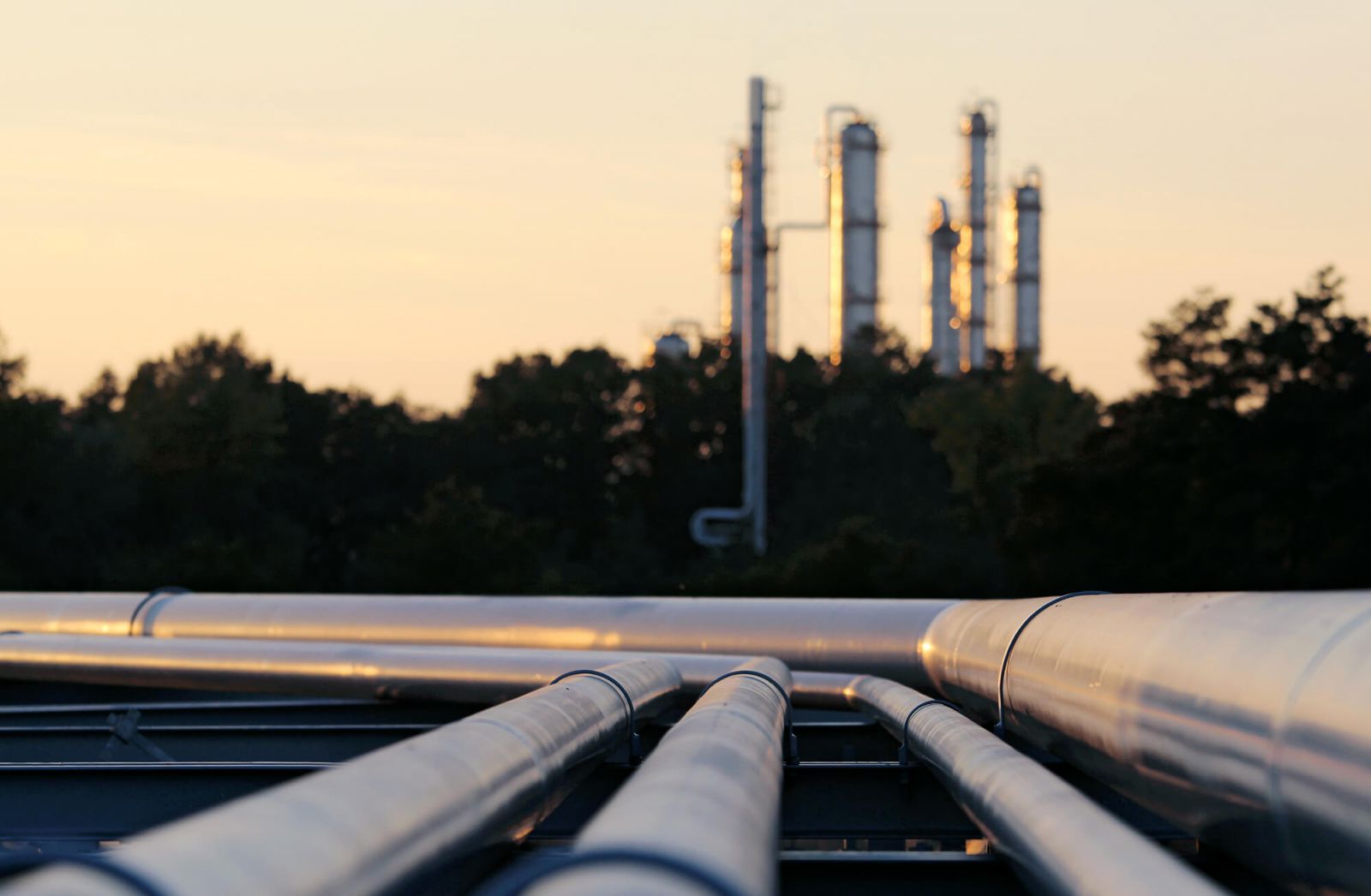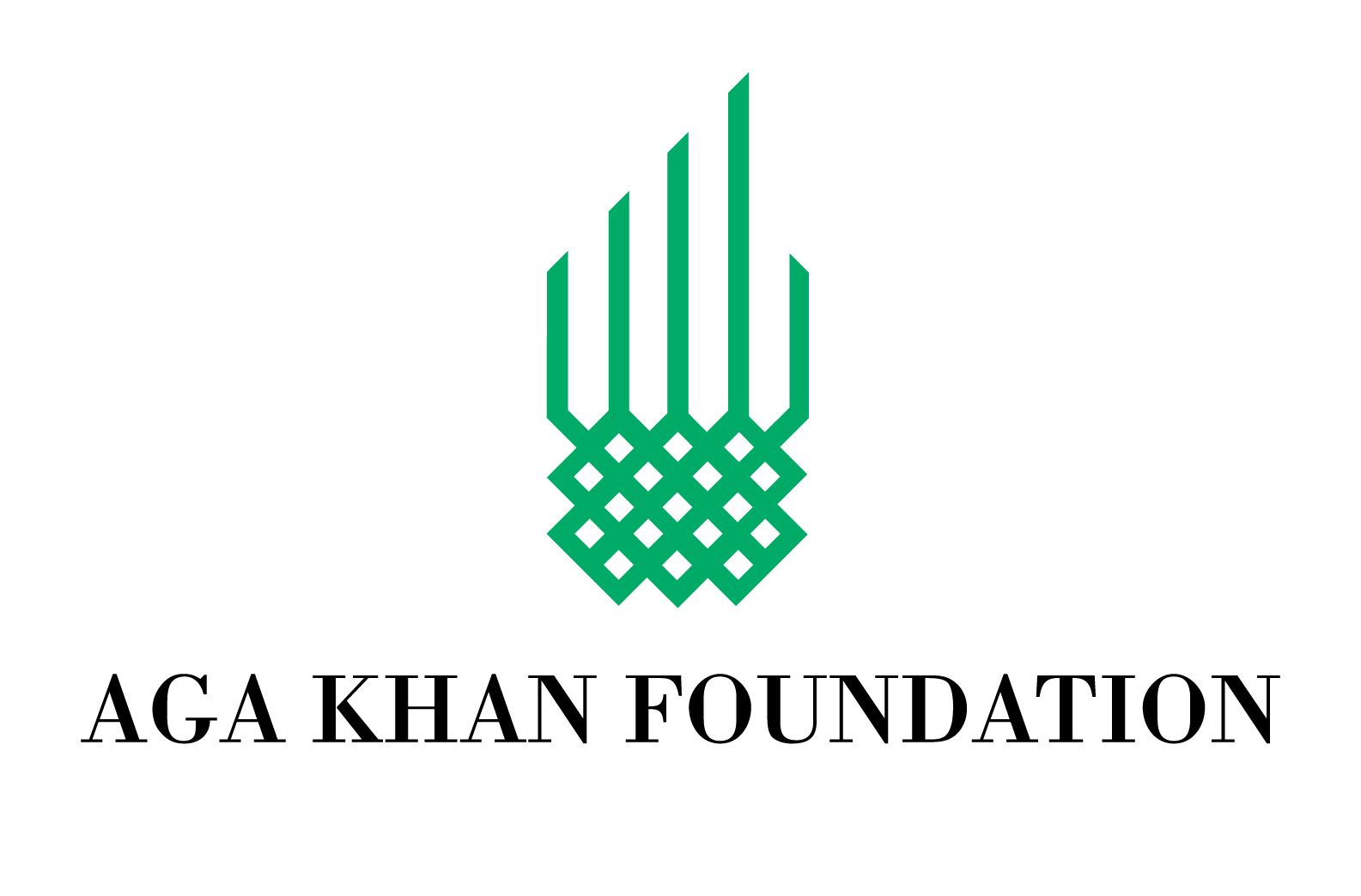Safety and Environment
Prioritizing What Matters Most
Our commitment to sound and responsible corporate conduct begins with operating our facilities in a manner that protects our employees, the public and the communities in which we live and work. Our safety culture, combined with robust safety policies and consistent and effective training methods, contributes to our operational success. We strive to consistently meet or exceed our safety goals, which helps us continually improve our performance.

Pipeline Safety
According to the National Transportation Safety Board, petroleum pipelines are the safest method of overland transportation. Pipeline safety is regulated by the United States Department of Transportation (DOT) and designated state agencies. Pipeline Safety regulations address the design, construction, operation, maintenance, and emergency response procedures in their effort to protect lives and the environment.

Follow these 5 simple steps to protect life and property:
- Call your state's One Call Center at least two full business days (three full business days in New Jersey) in advance of the scheduled start of excavation. One Call Center information may be easily retrieved below by selecting your state.
- Wait the required amount of time (at least two full business days or three full business days in New Jersey) to allow utilities to investigate.
- A trained technician will mark the location of the pipeline at no cost to you.
- Respect the line markers provided.
- Exercise care while digging.
State One-Call Information
Select your state below to find your state's One-Call Center.
Identifying the Pipeline
Although pipelines are the safest mode of overland transportation, it is critical to be mindful of proper procedures that should be used when responding to a pipeline emergency. Most pipelines are buried underground. Check for pipeline markers posted nearby. Please beware that pipeline markers may not show the exact location of the underground pipeline.
WARNING: PENALTIES FOR DEFACING OR REMOVING A PIPELINE MARKER
Defacing or removing a pipeline marker is a federal offense, punishable by a fine of up to $5,000 and/or up to one year in prison.
To find transmission pipelines located nearby, you can visit the National Pipeline Mapping System. If you plan to do any project near a pipeline or would like to know if a pipeline is in your area, contact 811 or your local State One-Call Center.
Sunoco LP operates pipelines under the following names:
- NuStar Logistics, L.P.
- NuStar Pipeline Operating Partnership L.P.
- Shore Terminals, LLC.
- Sunoco, LLC

Recognizing a Leak
By Sight
A pool of liquid on the ground near a pipeline, a dense white cloud or fog over a pipeline, or discolored vegetation surrounding the pipeline may be signs of a leak.
By Sound
An unusual noise coming from the pipeline, like a hissing or roaring sound, may be a sign of a leak.
By Smell
An unusual noise coming from the pipeline, like a hissing or roaring sound, may be a sign of a leak.
Responding to a Leak
If a leak occurs, take the following precautions.
- Leave the leak area immediately.
- Do not touch, breathe, or make contact with leaking liquids.
- Do not light a match, start an engine, use a telephone, switch on/off light switches, or do anything that may cause a spark in the area or vicinity of the leak.
- From a safe location immediately call 911 and the NuStar Pipeline Control Center at 800-481-0038 and report exactly what you have seen, heard, or smelled and where this incident or event took place.
- Warn others but do so without entering or re-entering the area where a pipeline leak is suspected.
- Do not drive any vehicle into a leak or vapor cloud area.
- Do not attempt to operate any pipeline valves yourself.
- Do not attempt to extinguish a petroleum product or natural gas fire. Wait for local firefighters and other professionals trained to deal with such emergencies.

Pipeline Operations
Our extensive infrastructure ensures the safe and efficient distribution of a variety of essential products, including crude oil, refined products, renewable fuels, ammonia, and specialty liquids.
